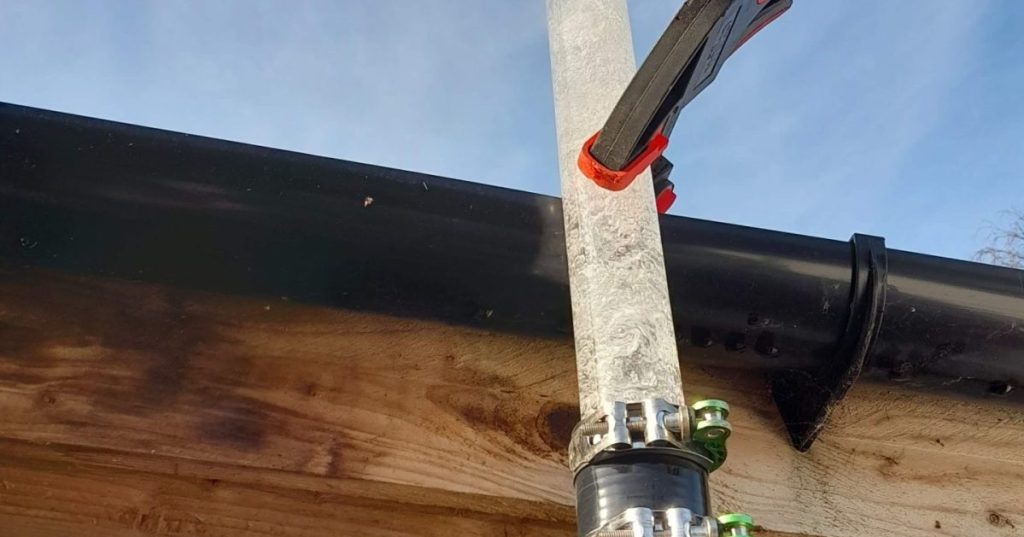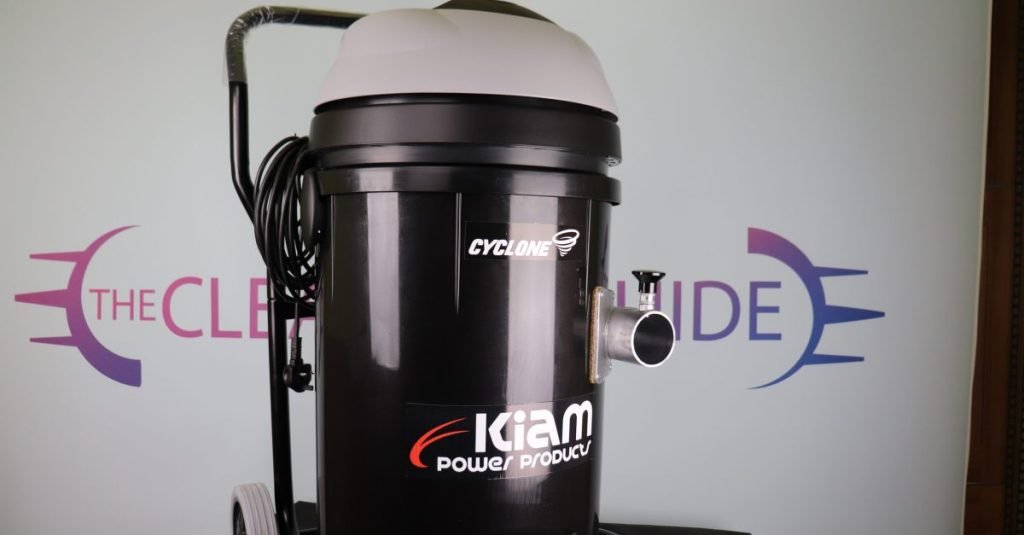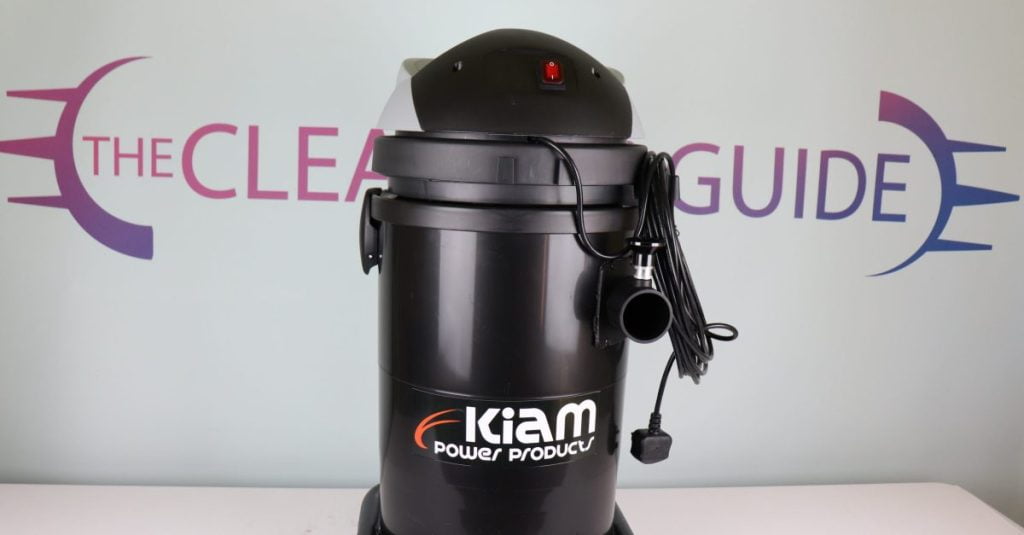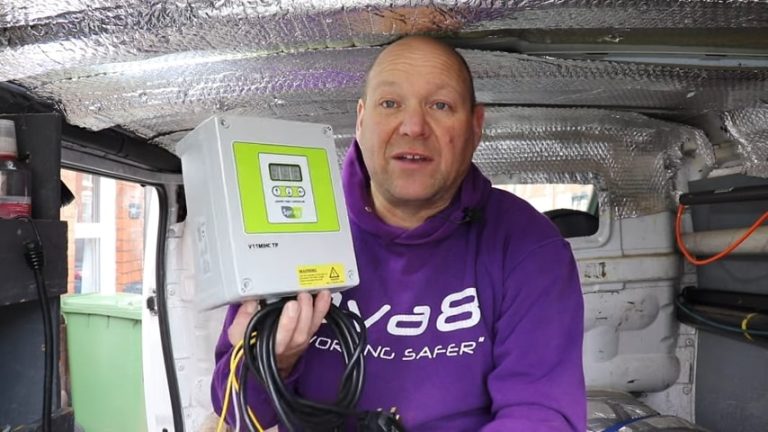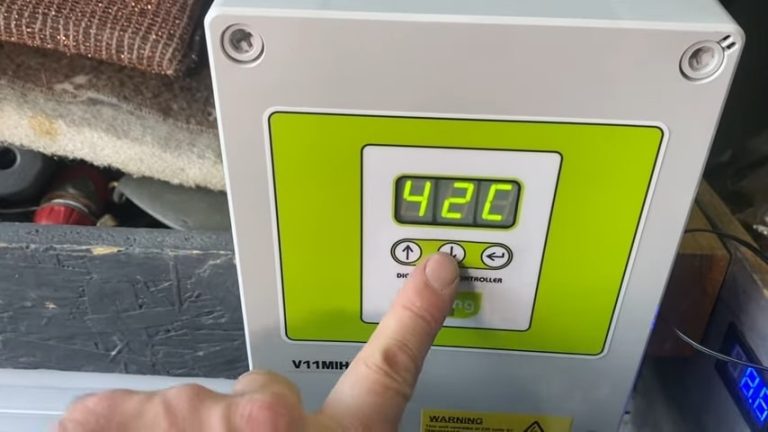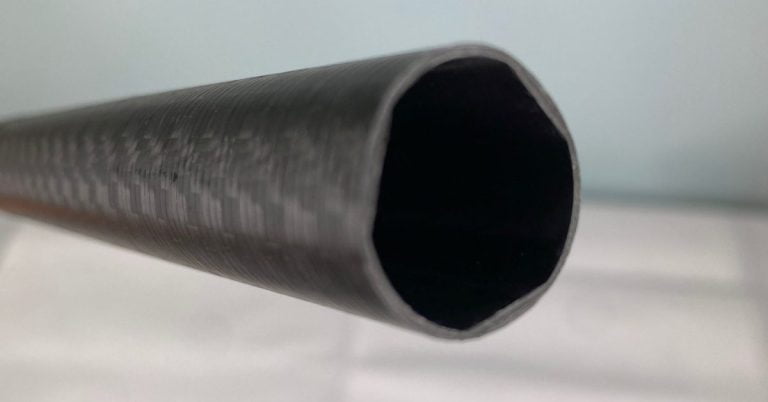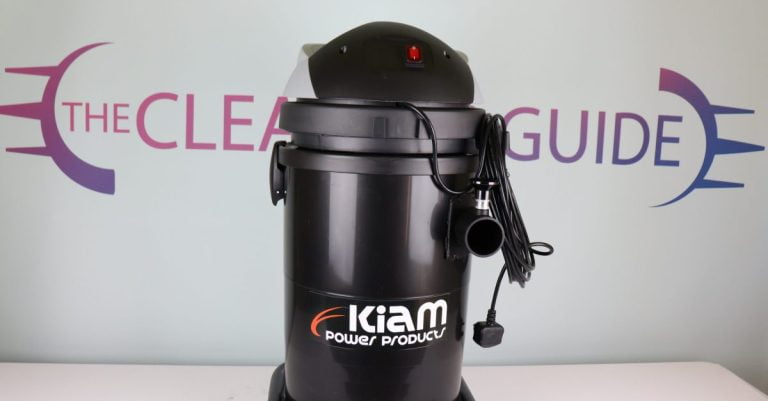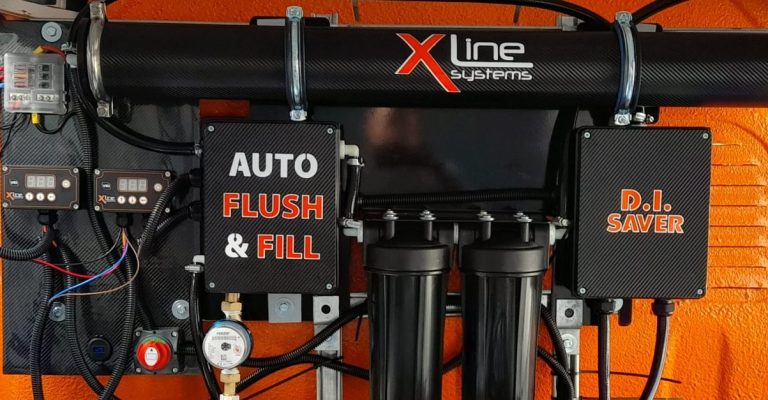Gutter vacs have revolutionised gutter cleaning for thousands of people. Gone are the days of climbing up a tall ladder, dangerously reaching out to the sides to empty the moss and grass growing in a gutter; now gutters can be effectively cleaned from the safety of the ground.
With lots of potential money to be earned gutter cleaning, it is important to have the right tools. The Cleaning Guide has come up with a set of tests we use to compare different gutter vacs and help you decide which is the best for you.
25 litre water suck
This test is quite simple, we put 25 litres of water in a large bucket and time how quickly we can empty the bucket.
We start the timer the moment that the nozzle touches the water and end when the bucket is empty.
To make sure we have an accurate result we repeat the test twice and take the average of the two scores.
Water lift test
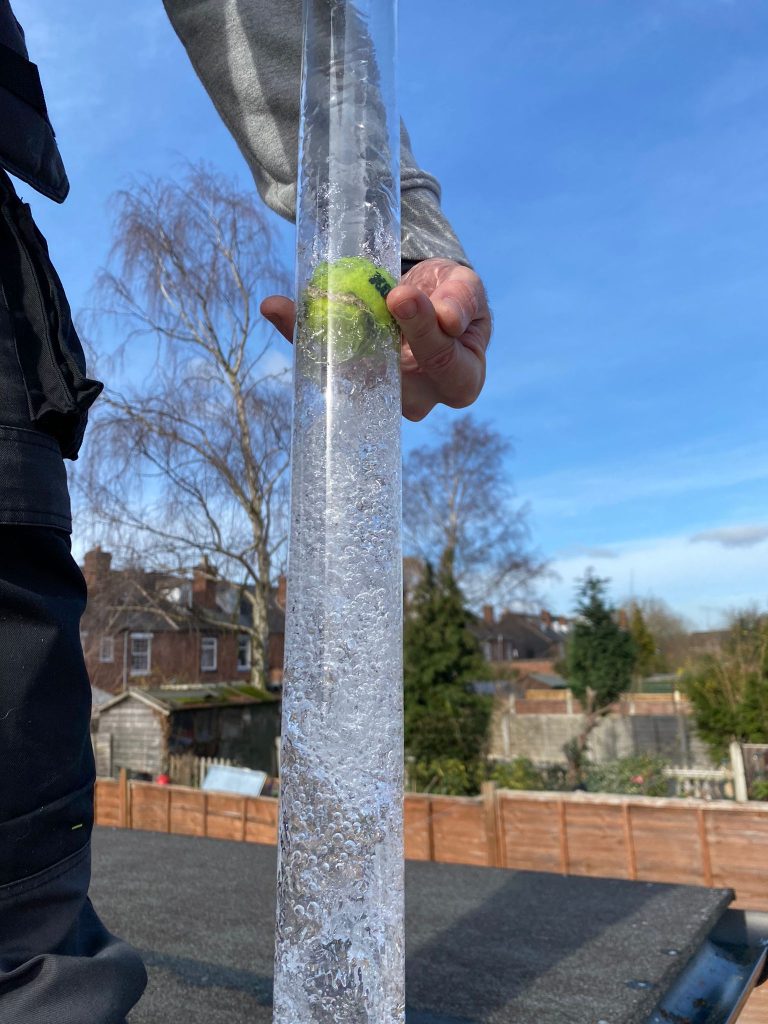
We want to measure how much power a vacuum has to lift water.
To do this we have used a 50mm downpipe connected to a 50mm clear perspex section, and we put a small floating tennis ball in the pipe.
The bottom of the downpipe is in a large bucket with 150mm of water in it.
It can be difficult to accurately take the level because of turbulence in the water. Using the ball helps us to be more consistent with it. We take the lowest point the ball drops to over about 30 seconds of running the vac (it settles down more after this time).
To avoid bias, where possible the person taking the measurements does not know which gutter vac is being connected below.
You can see in the videos below how we test the water lift.
Build Quality and Design
This is based on our opinion of how well made it is, including any special features that set it apart from the competition.
In general, we try to recognise things that will be durable. Things made from high-quality materials and metals are rewarded.
We also try to draw attention to innovation and design features that set it apart from its competitiors.
This is subjective but we try to be open and explain why we feel a certain way.
Weight
We weigh all gutter vacs on our own scales. We cannot guarantee the accuracy of the scales but it is uniform on all the products we test.
We attach slings and carabiners to the frame of the gutter vac and then suspend the whole product from the scales.
We include a foam filter (for wet gutters) but remove HEPA filters for the weight test. No hose or poles are included in the weight we give.
A light gutter vac is not necessarily the best, therefore we do not give a star rating based on weight.
Noise
We use a decibel meter to measure how much noise the gutter vac makes.
We hold the decibel meter 1 metre away from the back of the machine (away from the inlet).
We do not give a star rating based on noise as how loud a machine is does not necessarily affect how good it is.
Helping you make an informed choice
As with all of our tests and reviews, we are trying to give you as much information as we can consolidated into one place to help you make an informed decision on which product is best for you.
We have designed tests that are easily replicated on different machines, but they are intended as a guide only and if you repeat the tests your results may be different to ours.
You can compare different gutter vacs we have reviewed in the comparison table below. As always, let us know your thoughts in the comments section.

